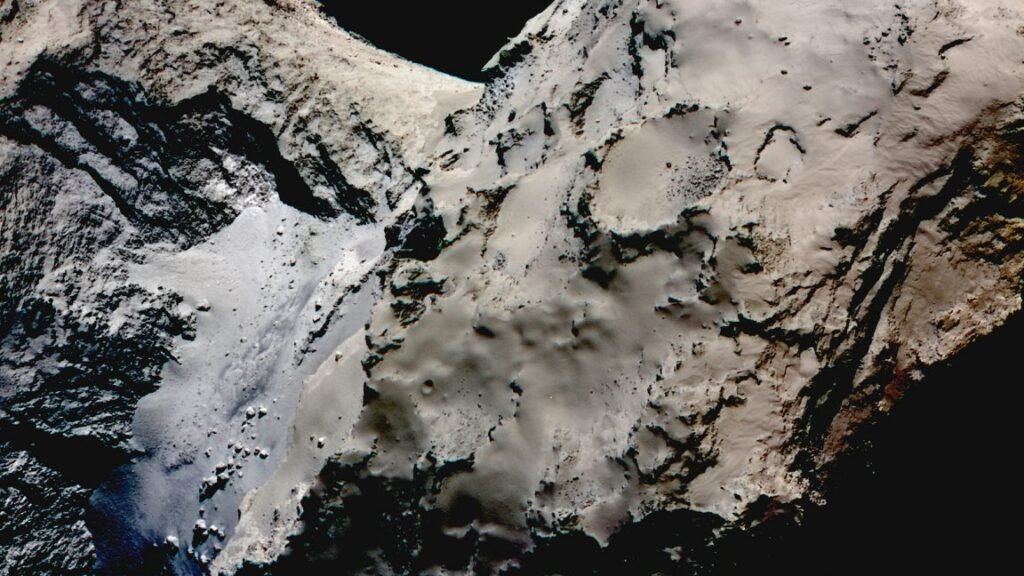A flat or even reduced NASA budget compounds all of these issues, and the space agency is unlikely to receive significant increases in the near term. The fundamental problem with Artemis, therefore, is that NASA is trying to do too much with its deep space program with too few resources. We have already seen evidence of NASA cannibalizing its science programs—including significant cuts to the Chandra space telescope and the cancellation of the VIPER mission—to support Artemis’ ballooning costs.
If the agency continues down this path, like a frog in boiling water, the Artemis Program is likely to end in failure.
A simple plan
Fortunately, I have a solution. It may not be politically popular, and there are losers. Among the biggest ones are Boeing, SpaceX, and two NASA field centers, Marshall Space Flight Center and Johnson Space Center. However, if Artemis is to succeed, difficult choices must be made.
For policymakers, there are two strategic aims at risk here. The first is losing the geopolitically important race against China, Russia, and their partners back to the Moon in the 21st century. The second is sacrificing a sustainable lunar program for one that is unaffordable in the long term.
With that context, here are the principal policy choices I believe should be made to shore up the Artemis Program both in the near and long term:
- Cancel the Lunar Gateway
- Cancel the Block 1B upgrade of the SLS rocket
- Designate Centaur V as the new upper stage for the SLS rocket.
That’s it in a nutshell. Read on for the details.
Get away from the Lunar Gateway
The concept of the Lunar Gateway is now more than a decade old. Initially, it was conceived because the SLS rocket and Orion spacecraft had no “destination.” The rocket, Orion, and its Service Module did not have enough performance to place the spacecraft into low-lunar orbit and then subsequently fly back to Earth.




